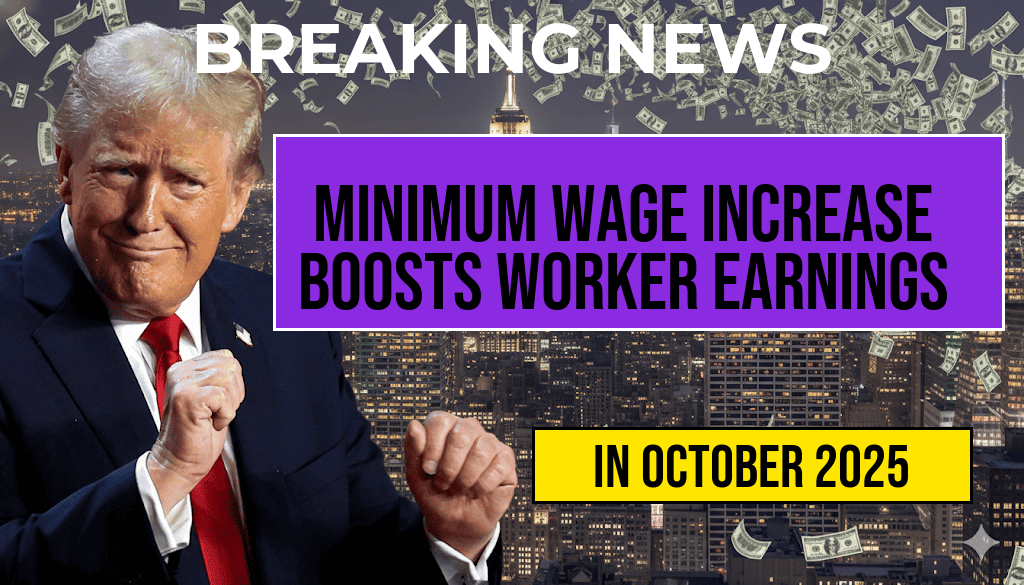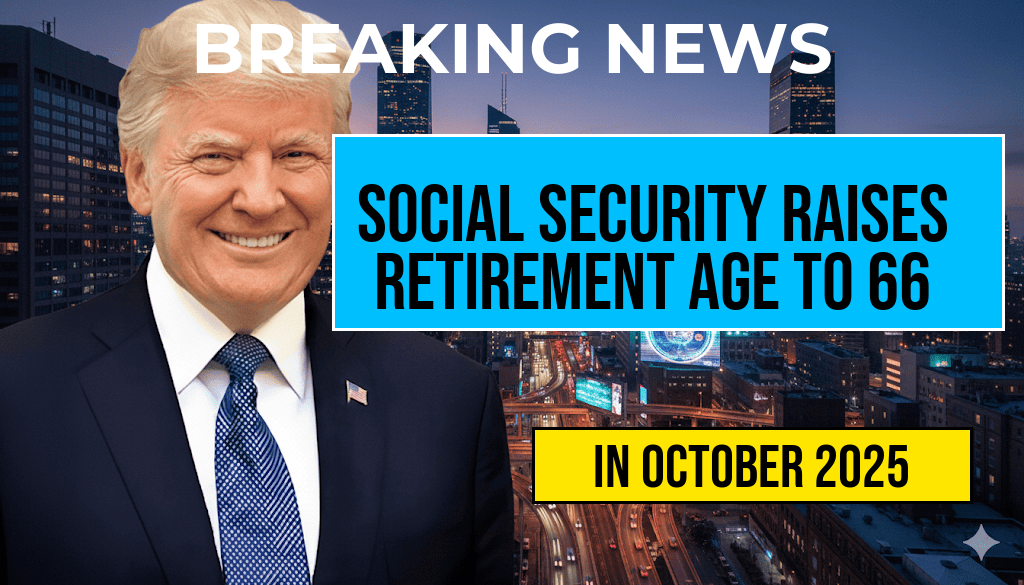The federal government’s decision to increase the minimum wage to $15 an hour is poised to significantly impact millions of workers across the United States. An estimated 32 million employees are expected to see their annual earnings rise by approximately $3,300, representing a substantial boost in income for many low-wage earners. This policy shift aims to address income inequality and improve living standards, but it also raises questions about economic impacts and employment dynamics. The wage increase, which takes effect in most states, is part of a broader movement toward establishing a living wage and reducing poverty among the nation’s most vulnerable workers.
The Rationale Behind the Wage Increase
Proponents argue that increasing the federal minimum wage to $15 helps combat wage stagnation that has persisted for decades. According to the Wikipedia entry on U.S. minimum wage history, inflation-adjusted wages for low-income workers have largely remained flat since the 1970s. Advocates contend that a higher baseline income can improve economic stability for millions, reduce reliance on government assistance, and stimulate consumer spending, which is vital for economic growth.
Projected Economic Impact
Annual Earnings Increase for Workers
| Number of Workers Affected | Average Weekly Increase | Annual Earnings Increase per Worker | Total Estimated Increase |
|---|---|---|---|
| 32 million | \$63 | \$3,300 | \$105.6 billion |
Based on current employment figures, the Department of Labor estimates that these workers will see an average increase of about $3,300 in annual earnings. This translates into more disposable income and potential improvements in quality of life for millions across sectors such as retail, hospitality, and healthcare.
Regional Variations and Implementation
The federal minimum wage sets a baseline, but several states and cities have established higher minimums, leading to variations in impact. States like California and New York already have minimum wages exceeding $15 per hour, so the federal increase primarily affects regions with lower wages. Implementation timelines vary, with some areas adopting the new rate immediately and others phasing it in over the coming months.
Potential Economic and Employment Effects
Labor Market Dynamics
While many experts support the wage hike as a means to reduce poverty and income disparity, some warn of potential drawbacks. Critics suggest that higher labor costs could lead employers to reduce hiring, automate jobs, or cut hours. The Congressional Budget Office (CBO) has analyzed similar hikes, indicating that while employment might experience slight declines in certain sectors, the overall economic benefits from increased consumer spending could offset these effects.
Business Perspectives
- Small businesses worry about increased labor costs impacting profitability, especially in sectors with tight margins.
- Large corporations often have more resources to absorb wage increases and may even see improved employee morale and retention.
- Some industries, such as hospitality and retail, could see shifts in staffing patterns or prices as they adjust to the new wage standards.
Broader Implications and Policy Context
The move toward a $15 minimum wage aligns with broader efforts to establish a living wage and reduce economic inequality. The policy is rooted in legislative acts such as the Fair Minimum Wage Act, which has garnered bipartisan support in recent years. However, opponents continue to argue that such increases could hinder economic flexibility and job creation, particularly for entry-level workers.
For more detailed analysis, sources like Forbes and the Wikipedia page on U.S. minimum wage provide extensive insights into the evolving landscape of wage policy and economic impacts.
Frequently Asked Questions
What is the main impact of the federal minimum wage increase?
The federal minimum wage increase to fifteen dollars per hour is expected to boost annual earnings by approximately three thousand three hundred dollars for around thirty-two million workers.
How many workers are projected to benefit from the wage increase?
Approximately thirty-two million workers are anticipated to see a significant boost in their annual earnings due to the increased minimum wage.
When is the federal minimum wage increase expected to take effect?
The federal minimum wage increase is scheduled to take effect on [Insert Effective Date], impacting wages for eligible workers nationwide.
Will the wage increase affect all types of workers?
The increase primarily benefits hourly workers earning less than fifteen dollars per hour, potentially leading to higher annual earnings for these employees.
Are there any regions or industries that will be more affected by the wage increase?
Regions with lower living costs and industries with predominantly minimum wage jobs are expected to see the most significant impact from the federal minimum wage increase.






